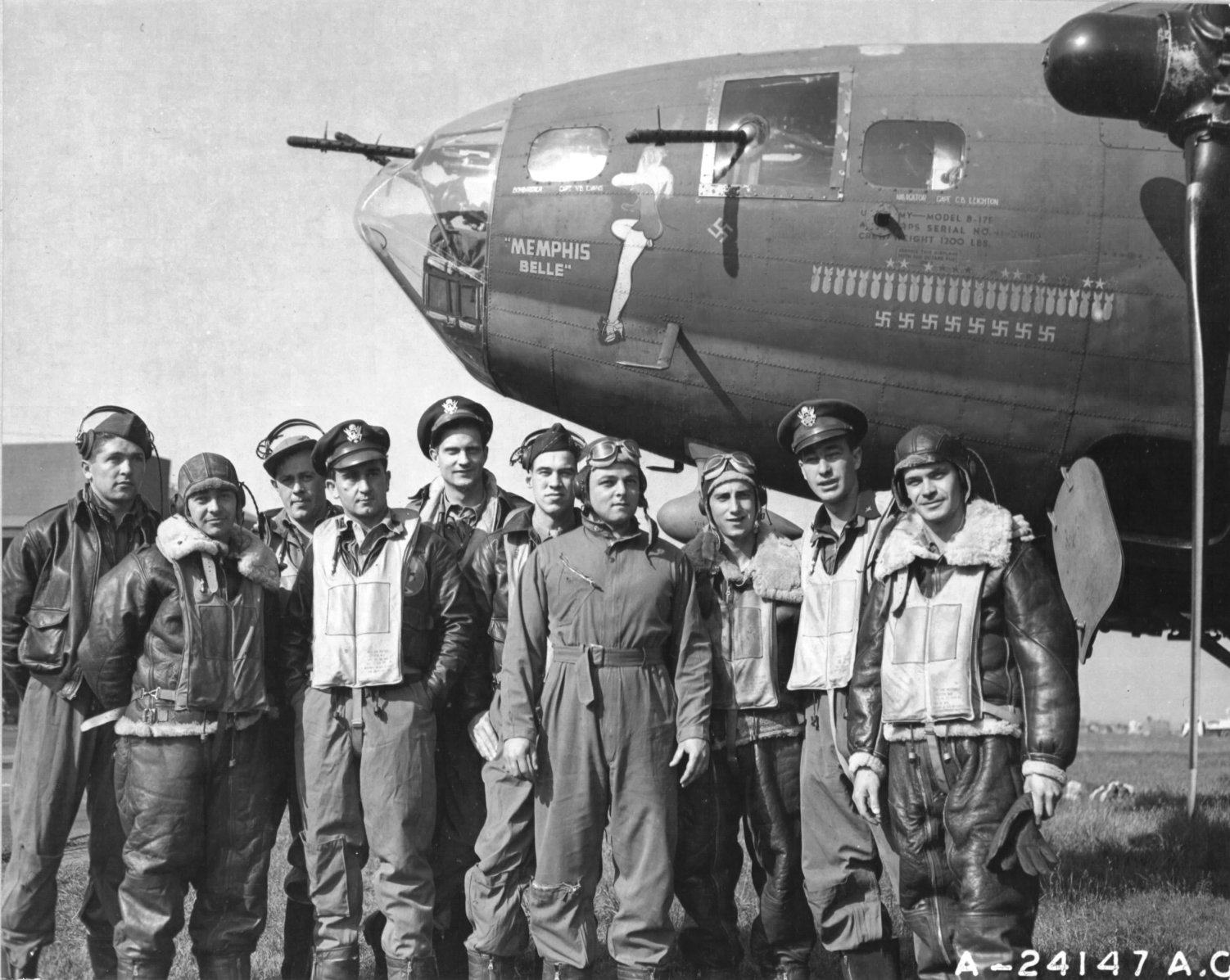
17 May 1943: The flight crew of the B-17 Memphis Belle completed their combat tour of 25 bombing missions over Western Europe with an attack on the massive Kéroman Submarine Base at Lorient, France.¹ The bomber was a U.S. Army Air Force Boeing B-17F-10-BO Flying Fortress, serial number 41-24485, assigned to the 324th Bombardment Squadron (Heavy), 91st Bombardment Group (Heavy), VIII Bomber Command, based at Air Force Station 121 (RAF Bassingbourne, Cambridgeshire, England). The aircraft commander was Captain Robert Knight Morgan, Air Corps, United States Army.
The daylight bombing campaign of Nazi-occupied Europe was extremely dangerous with high losses in both airmen and aircraft. For an American bomber crew, 25 combat missions was a complete tour, and then they were sent back to the United States for rest and retraining before going on to other assignments. Memphis Belle was only the second B-17 to survive 25 missions,² so it was withdrawn from combat and sent back to the United States for a publicity tour.
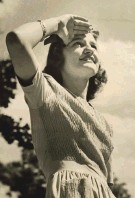
The B-17′s name was a reference to Captain Morgan’s girlfriend, Miss Margaret Polk, who lived in Memphis, Tennessee. The artwork painted on the airplane’s nose was a “Petty Girl,” based on the work of pin-up artist George Petty of Esquire magazine.³
(Morgan named his next airplane—a B-29 Superfortress—Dauntless Dotty, after his wife, Dorothy Grace Johnson Morgan. With it, he led the first B-29 bombing mission against Tokyo, Japan, in 1944. It was also decorated with a Petty Girl.)
Memphis Belle and her crew were the subject of a 45-minute documentary, “Memphis Belle: A Story of a Flying Fortress,” directed by William Wyler and released in April 1944. It was filmed in combat aboard Memphis Belle and several other B-17s. The United States Library of Congress named it for preservation as a culturally significant film.
B-17F-10-BO Flying Fortress 41-24485 (c/n 3190) was built by the Boeing Aircraft Company at its Plant 2 in Seattle, Washington, during the summer of 1942. It was the 195th airplane in the B-17F series, and one of the third production block. Flown by a Boeing pilot named Johnston, the new bomber made its first flight, 1 hour, 40 minutes, on 13 August 1942. Maintenance records indicate, “1st flight OK.”
The B-17 was flown to Bangor, Maine and on 31 August 1942 was assigned to the 324th Bombardment Squadron (Heavy), 91st Bombardment Group (Heavy), then preparing to deploy overseas.
2nd Lieutenant Morgan first flew 41-24485 on 3 September, and logged nearly 50 hours over the next three weeks. The squadron flew across the North Atlantic Ocean, and 41-24485 arrived at its permanent station, Bassingbourne, on 26 October 1942.
Following its twenty-fifth combat mission, Memphis Belle was flown back to the United States on 9 June 1943.
After the war, Memphis Belle was put on display in the city of Memphis. For decades it suffered from time, weather and neglect. The Air Force finally took the bomber back and placed it in the permanent collection of the National Museum of the United States Air Force at Wright-Patterson Air Force Base, Dayton, Ohio, where it underwent a total restoration.
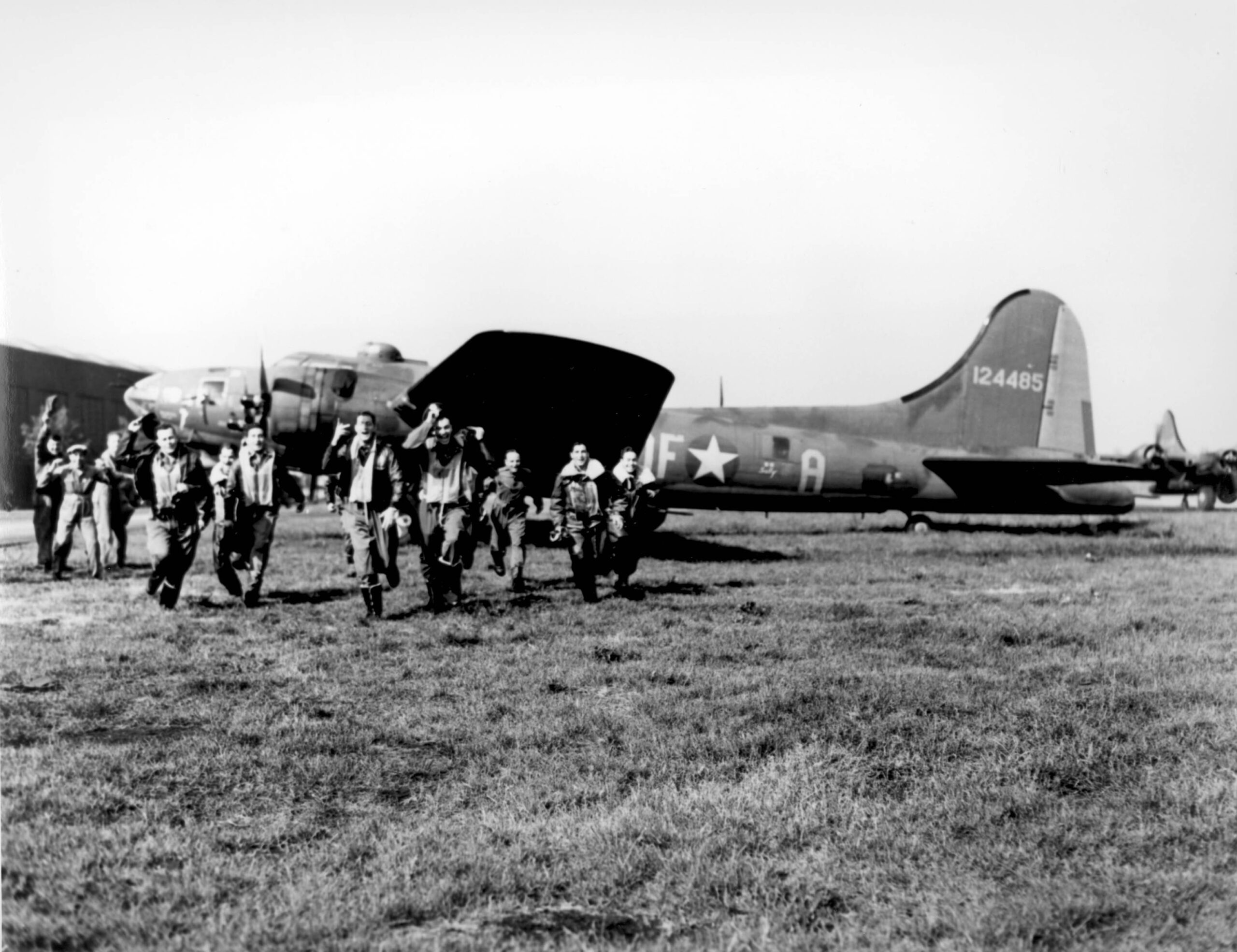
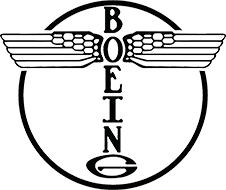
The B-17F had an approximate empty weight of 36,135 pounds (16,391 kilograms), 40,437 pounds (18,342 kilograms) basic, and the maximum takeoff weight was 65,000 pounds (29,484 kilograms).

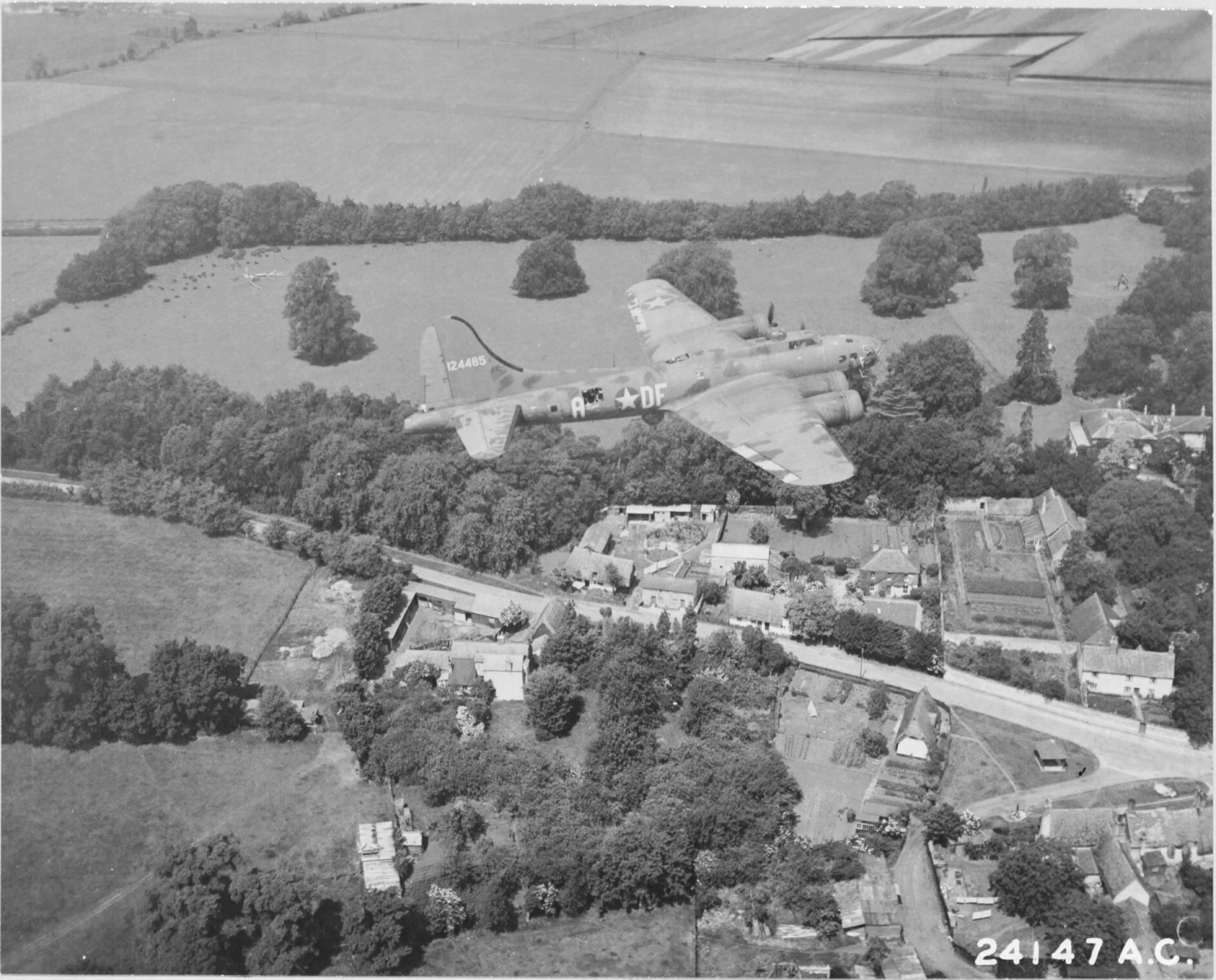
The B-17F had a cruising speed of 200 miles per hour (322 kilometers per hour). The maximum speed was 299 miles per hour (481 kilometers per hour) at 25,000 feet (7,620 meters), though with War Emergency Power, the bomber could reach 325 miles per hour (523 kilometers per hour) at 25,000 feet for short periods. The service ceiling was 37,500 feet (11,430 meters).
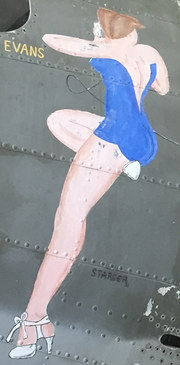
With a normal fuel load of 1,725 gallons (6,530 liters) the B-17F had a maximum range of 3,070 miles (4,941 kilometers). Two “Tokyo tanks” could be installed in the bomb bay, increasing capacity by 820 gallons (3,104 liters). Carrying a 6,000 pound (2,722 kilogram) bomb load, the range was 1,300 miles (2,092 kilometers).
The Memphis Belle was armed with 13 Browning AN-M2 .50-caliber machine guns for defense against enemy fighters. Power turrets mounting two guns each were located at the dorsal and ventral positions. Four machine guns were mounted in the nose, 1 in the radio compartment, 2 in the waist and 2 in the tail.
The maximum bomb load of the B-17F was 20,800 pounds (9434.7 kilograms) over very short ranges. Normally, 4,000–6,000 pounds (1,815–2,722 kilograms) of high explosive bombs were carried. The internal bomb bay could be loaded with a maximum of eight 1,600 pound (725.75 kilogram) bombs. Two external bomb racks mounted under the wings between the fuselage and the inboard engines could carry one 4,000 pound (1,814.4 kilogram) bomb, each, though this option was rarely used.
The B-17 Flying Fortress was in production from 1936 to 1945. 12,731 B-17s were built by Boeing, Douglas Aircraft Company and Lockheed-Vega. (The manufacturer codes -BO, -DL and -VE follows the Block Number in each airplane’s type designation.) 3,405 of the total were B-17Fs, with 2,000 built by Boeing, 605 by Douglas and 500 by Lockheed-Vega.
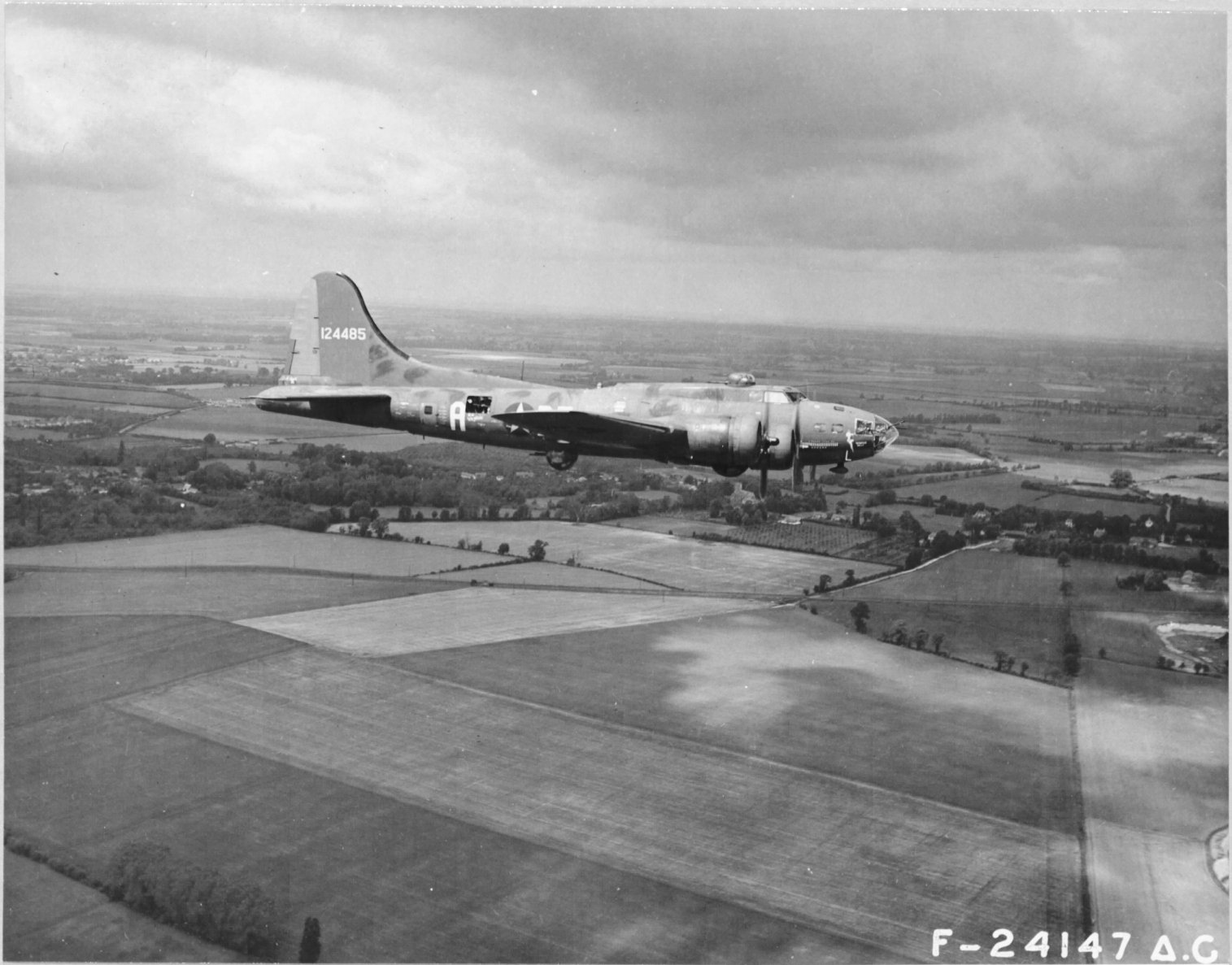
Only three B-17F Flying Fortresses, including Memphis Belle, remain in existence. The completely restored bomber went on public display at the National Museum of the United States Air Force on 17 May 2018.
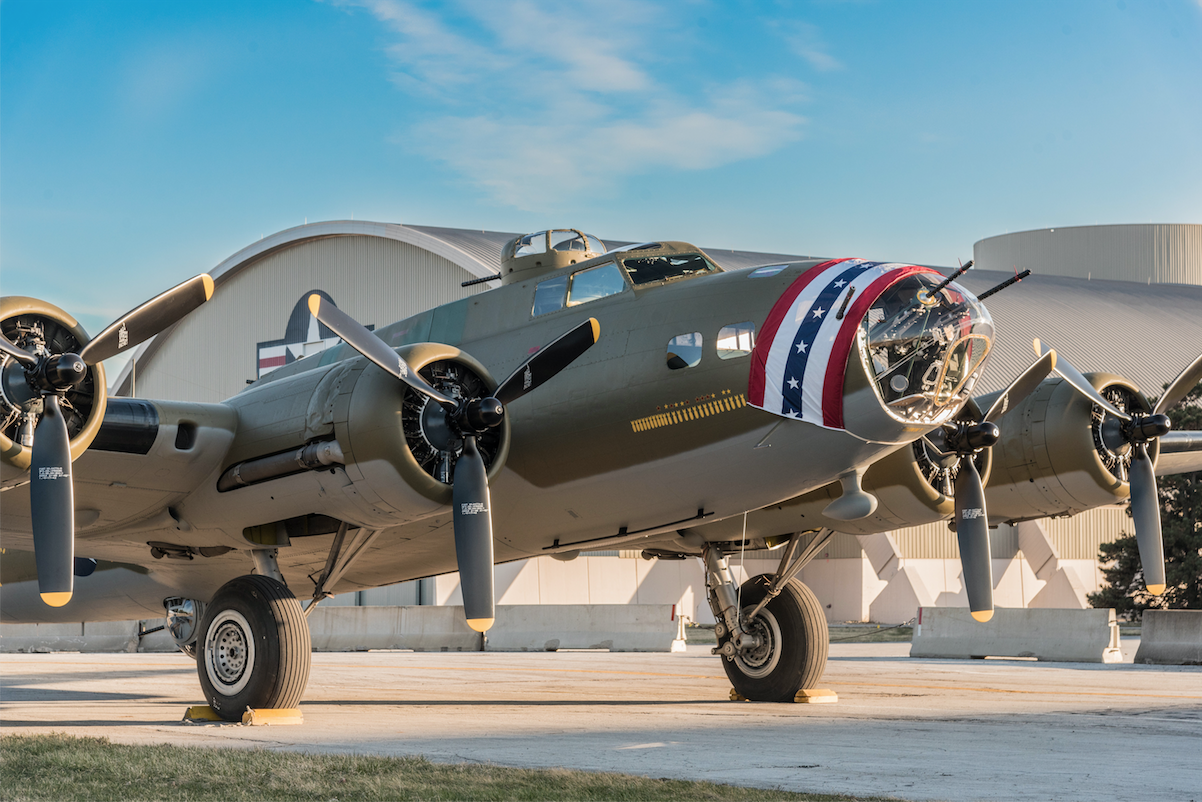
Memphis Belle ® is a Registered Trademark of the United States Air Force.
¹ VIII Bomber Command Mission No. 58, three elements made up of 159 Boeing B-17 Flying Fortresses attacking submarine bases at Lorient; 39 Consolidated B-24 Liberators against U-boat pens at Bordeaux; and 11 Martin B-26 Marauders, which attacked a power station at Ijmuiden, Holland.
² The first B-17 to complete 25 missions was “Hell’s Angels,” a B-17F-25-BO, 41-24577, of the 358th Bombardment Squadron. It flew its 25th mission four days earlier than “Memphis Belle,” 13 May 1943. The bomber eventually flew 44 missions before being returned to the United States 20 January 1944.
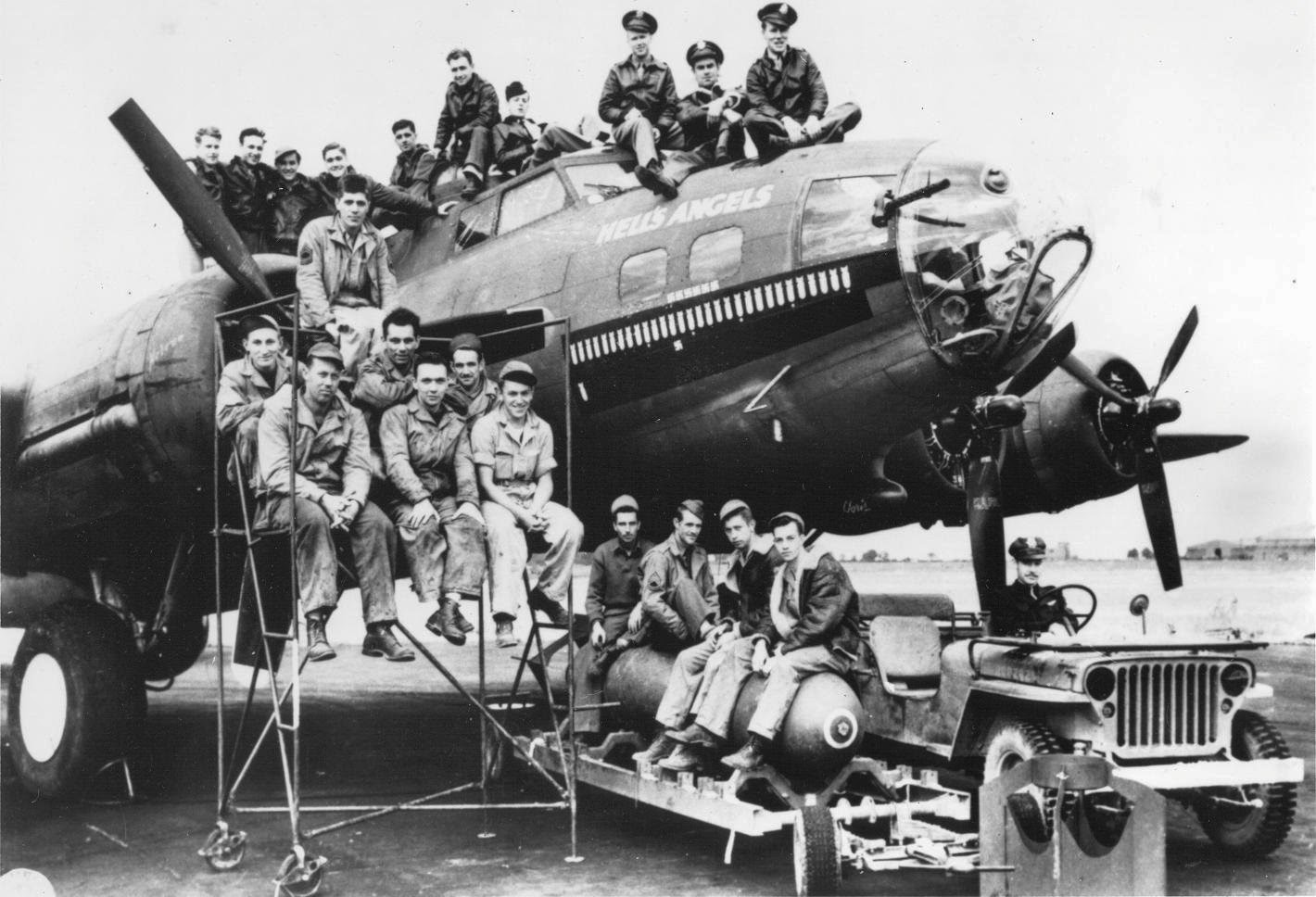
³ The nose art was painted by Corporal Anthony L. Starcer.
⁴ Later production B-17F and B-17G bombers were equipped with Wright Cyclone C9GC (R-1820-97) engines.
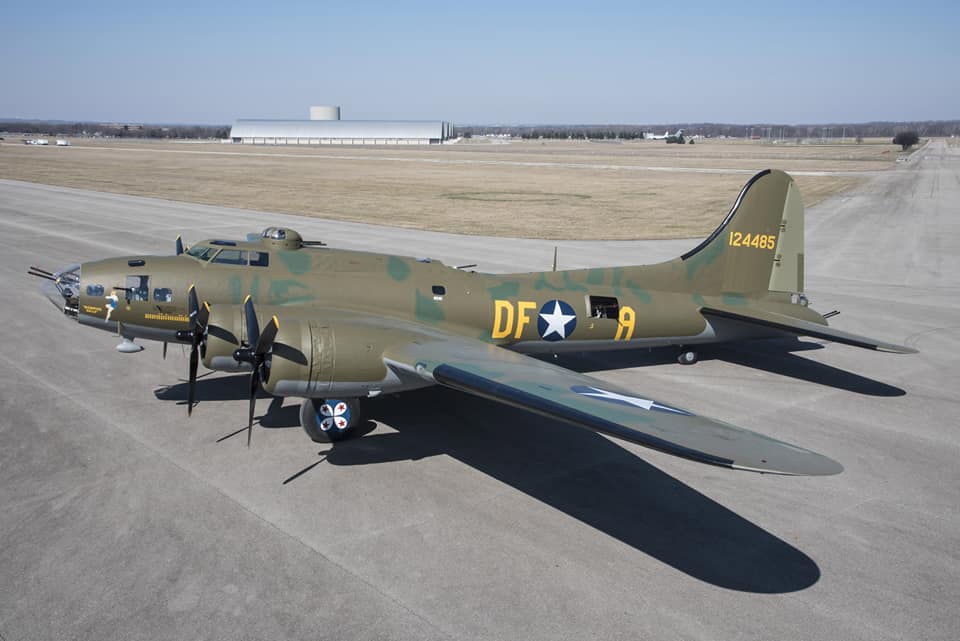
© 2018, Bryan R. Swopes
Odd that the restored aircraft on display does not match the picture here: https://www.cnn.com/2018/05/17/politics/memphis-belle-bomber-unveiling-air-force-museum/index.html
There are swastikas beneath the mission bombs in the pic with the crew after their final flight, but these aren’t on the restored version. I wonder why.
Hmmm. I don’t know the answer to that. The Air Force says that it was restored to its appearance on completing the 25th mission. Many, many, MANY, photos were taken on that date. The Petty Girl was red on the starboard side, and blue on the port. Maybe swastikas are not “politically correct”?
If you check out the Wyler documentary, you can get a very good idea of what the aircraft looked like at the end of its final missions. I saw a clip on line that I thought had no swastikas under the bombs, but I have not looked closely enough recently. I think the restoration effort has been dedicated to authenticity, so they must have a legit reason for what they have painted and the source documentation on that plane is voluminous. As for political correctness, as long as the B-24 “Strawberry Bitch” is on display at the Museum, I think we can believe that PC has not infected the Museum too much.
Yes. I’ve been keeping up with the restoration for years and I know that the Museum was meticulous.
and there is a swastika under the cheek gun.
Those were added as part of the war bonds tour as well as some of the other artwork. there is a great video on the museum website where they discuss this and debate which version of the Belle to portray.
Thank you for that info, Gregory.
I was surprised at how people were allowed to scratch or write their names on the plane during these tours, covering it with graffiti Anything for the cause I guess, and perhaps they knew it was heading to the boneyard after this publicity tour anyway so give the people what they want. Great videos cover much of this as well as outtakes of the original documentary.
Wonderful to see her restored, One beautiful gal!
Some really amazing details about the machinery, weaponry etc. Completely blew by entire post bond tour experience though, which is surprising because as revered as she is today the Memphis Belle was reportedly residing in Oklahoma at Altus Army Airfield scrapyard waiting to be melted down. What I have been unable to find is perhaps the most important person in her postwar history, the reporter for The Daily Oklahoman who spotted her there, took photos and purportedly contacted Mayor Walter Chandler who bought it for either $340 or $350. You could say the reporter is the one who is to be thanked for truly saving the Memphis Belle. The rest is history, and I am glad that time has taught people what is valuable and worth saving.
“In 1945 she ended up in an aircraft boneyard in Altus, OK. An enterprising reporter saw her, wrote a story of her plight, and contacted the Mayor of Memphis. The City bought her for $350 and on July 17, 1946, she was flown home to Memphis.”
http://www.tulsaworld.com/archives/tres-belle-memphis-warbird-still-mud-island-s-main-attraction/article_3169f50e-36f5-5d97-a52d-7f6753009987.html
I saw the Memphis Belle surrounded by a fence in 1980s Memphis and it just seemed so disrespectful to see what condition she was in. She was a relic, the most famous of them all and was being treated worse than any generic gateguard aircraft. The USAF was right in taking her back and giving her the restoration and place of honour she, the men who flew in her and all the other B-17s and men who flew and died in them deserved.
Thank you, Marc. I agree with you.
John Terino – imagine if they’d preserved ‘A Dragon And His Tail’!
Did the crew stay together for their next tour and did they all survive the war? Do we know what became of them?
Robert Knight the commanding pilot. I wondered what pop did doing the war. Mom said he was a police officer in Baltimore, Maryland.
“Memphis Belle was only the second B-17 to survive 25 missions”.
So which was the first B-17 to survive 25 missions…and why is it not more famous?
The other B-17 was named “Hell’s Angels”, 41-24577, (358th Bombardment Squadron) but both were used to film William Wyler’s wartime movie, “Memphis Belle: The Story of a Flying Fortress.” in case one of them would be shot down. Another bomber, Wyler’s first choice, named “Invasion 2nd,” was shot down. But it was the Memphis Belle’s CREW that was the first to complete 25 missions. “Hell’s Angels” flew 48 combat missions and returned to the United States in 1944.

For the recent movie, “The Cold Blue” Wyler’s outtakes, plus material from “Memphis Belle” was remastered and restored. The prints of “Belle” in ciculation are generally of poor quality, with the color washed out. The restored colors are brilliantly vivid.
An extra on the BluRay “Cold Blue” is the whole, restored version of “Memphis Belle.” It’s gorgeous. Like seeing the picture for the first time.
“The Cold Blue” is an HBO documentary that uses cuts from 90 hours of the film Wyler shot. They have been restored and colorized it to look like things must have appeared in 1943. It’s a great tribute the men and machines of The Mighty Eighth and worth a watch.
Bryan,
I have quite a few pictures of her on display at the NMUSAF, if you woul dlike for me to send them to you.
I first became aware of both the Flying Fortress AND Belle when I was given the classic Revell 1:72 scale kit of Memphis Belle at 9 along with a relative’s copy of Jablonski’s ‘Flying Fortress’. Once while I was visiting Memphis, I drove to look at her on the pedestal by the airport and again when I visited the USAF Museum in Ohio, I told her “Now you look like you should, Belle.” when I saw her again.